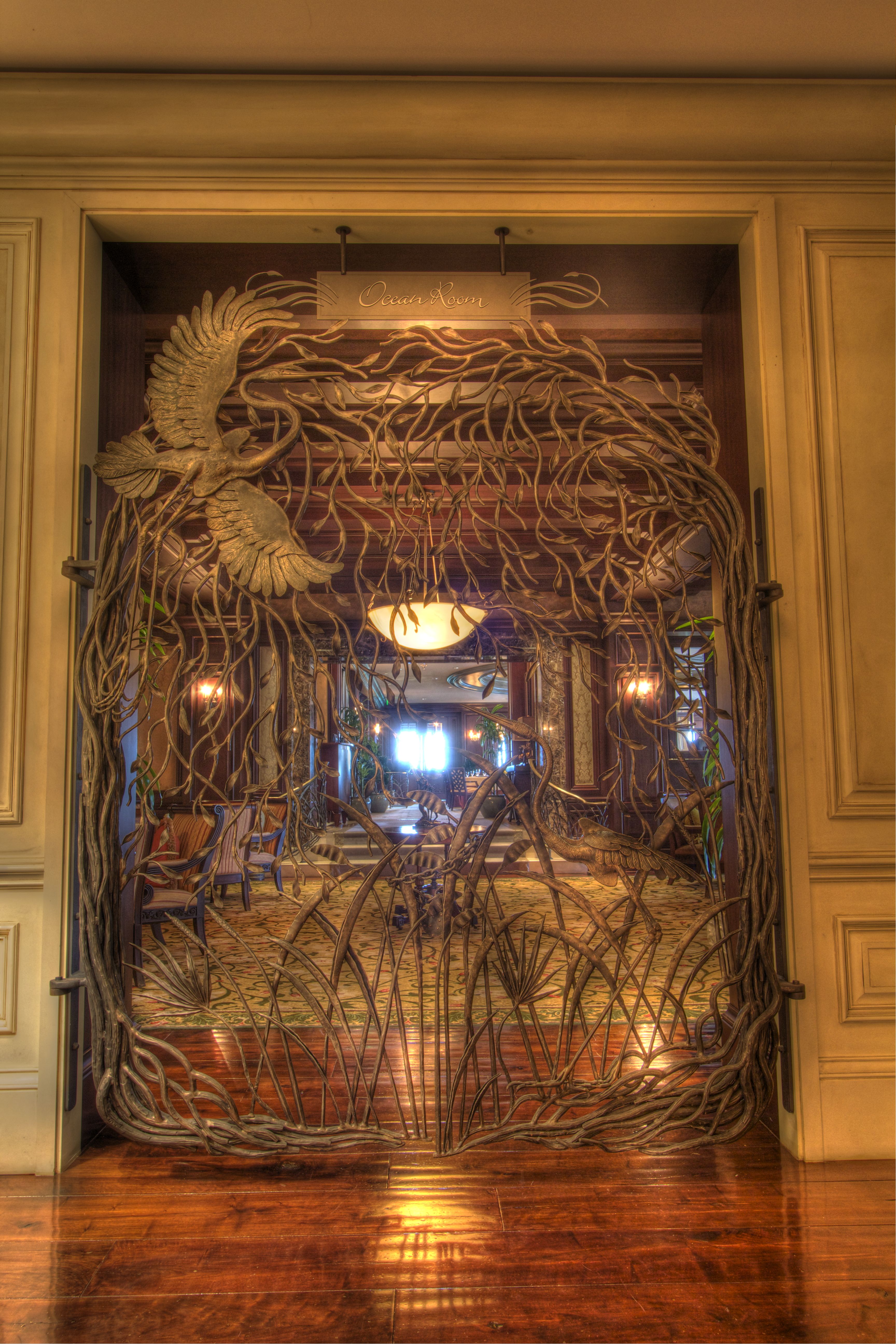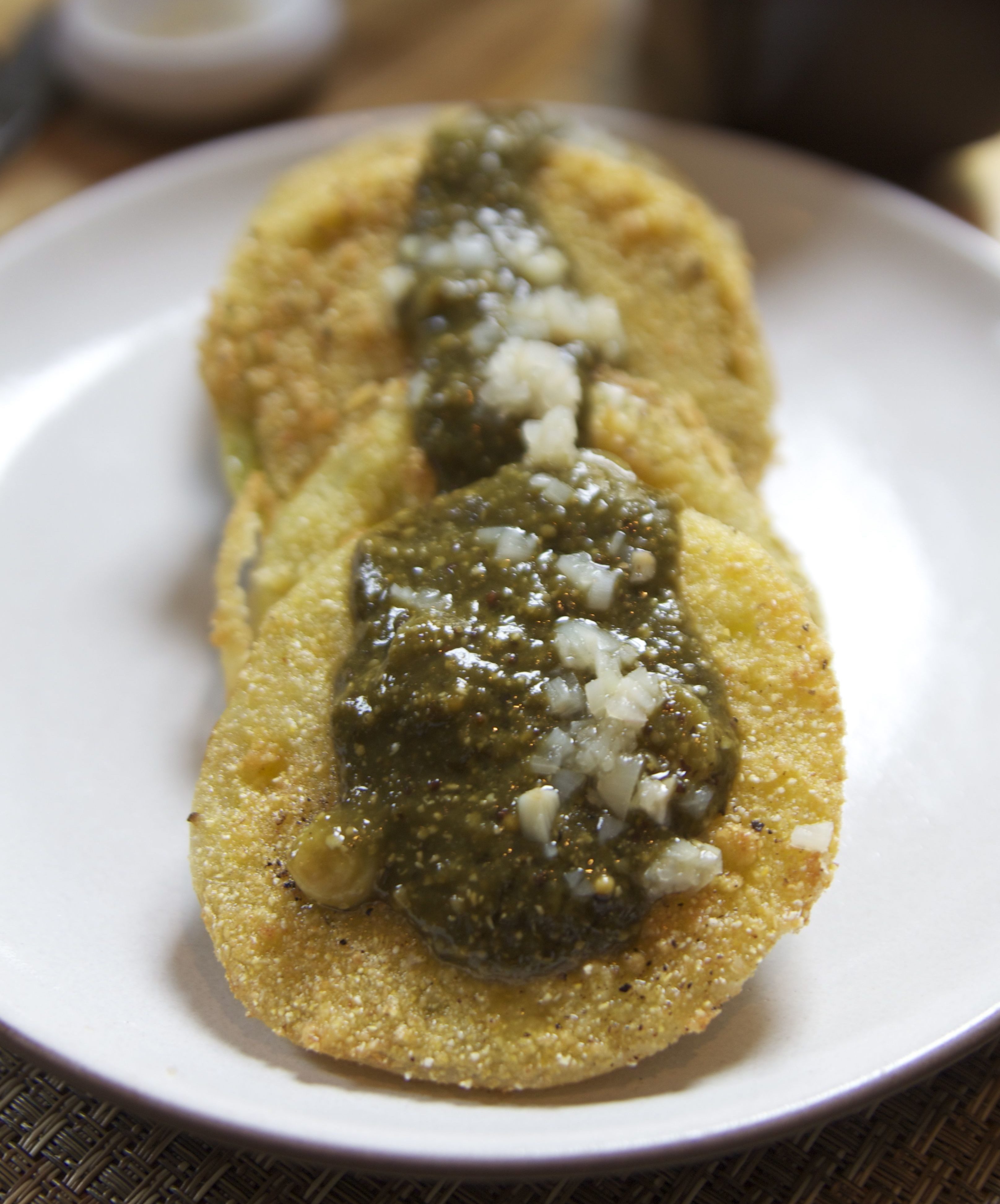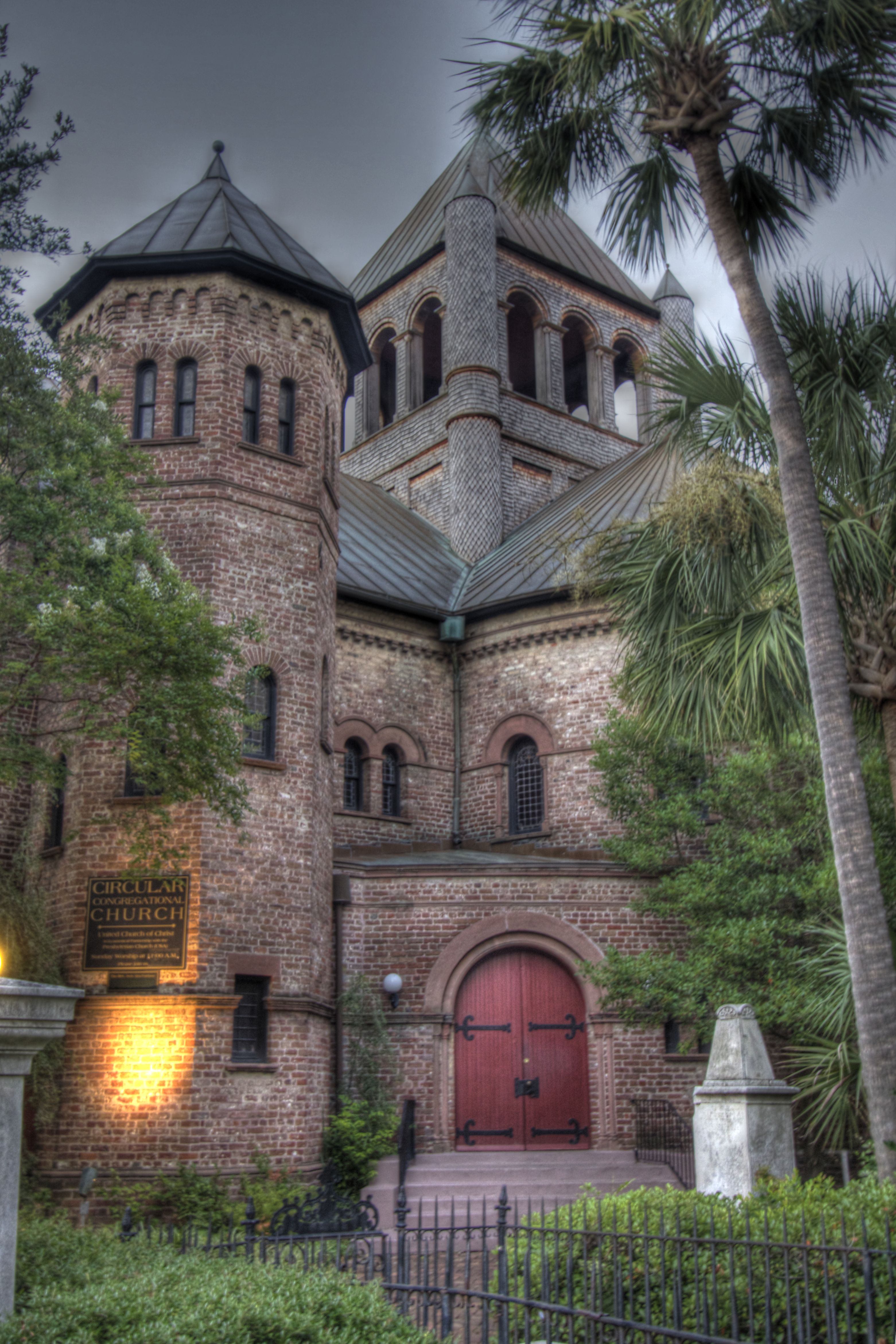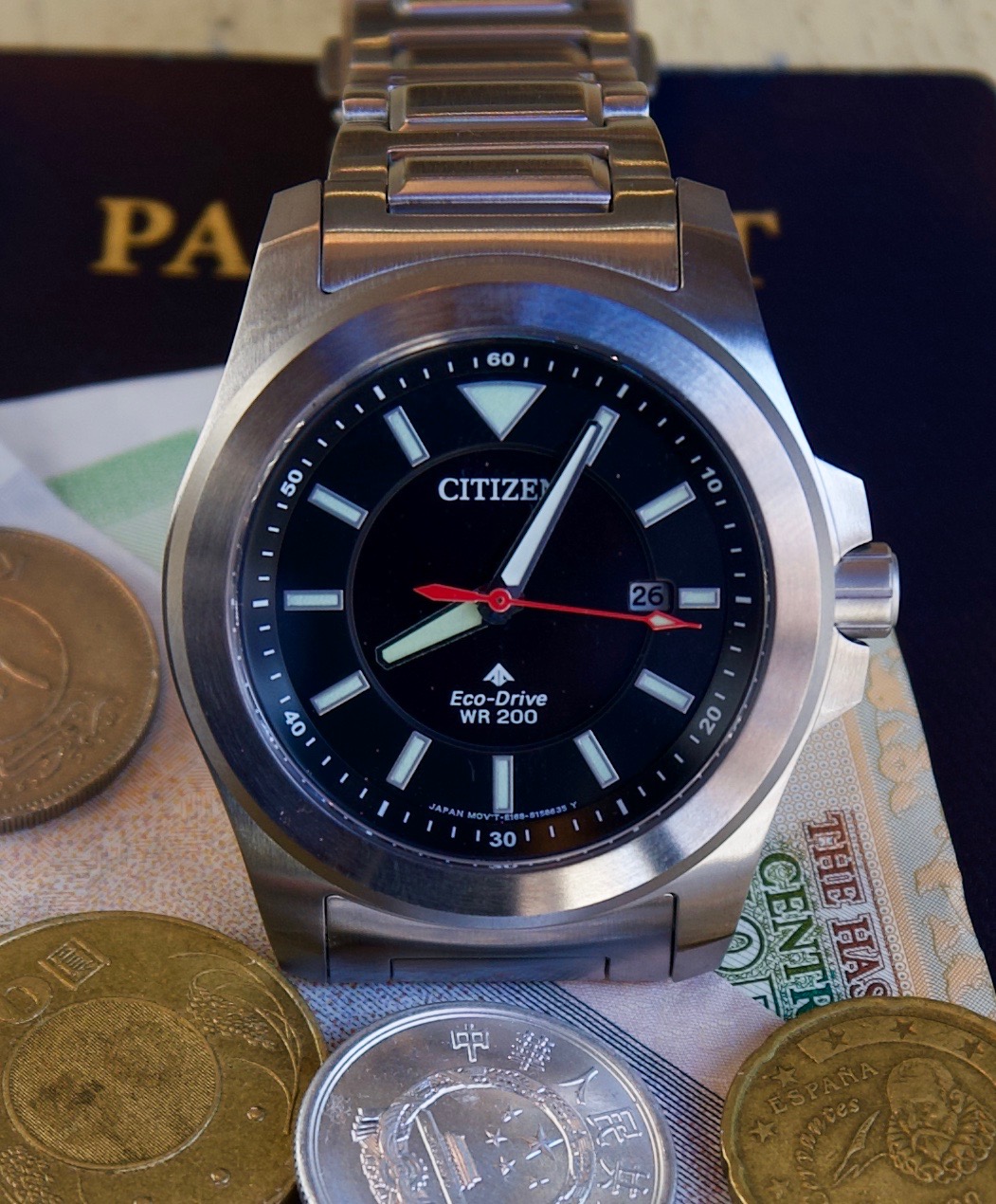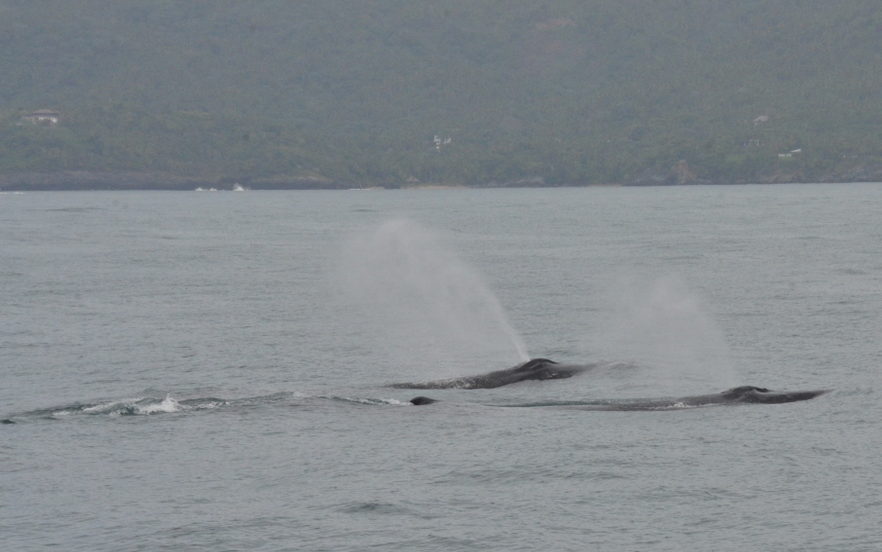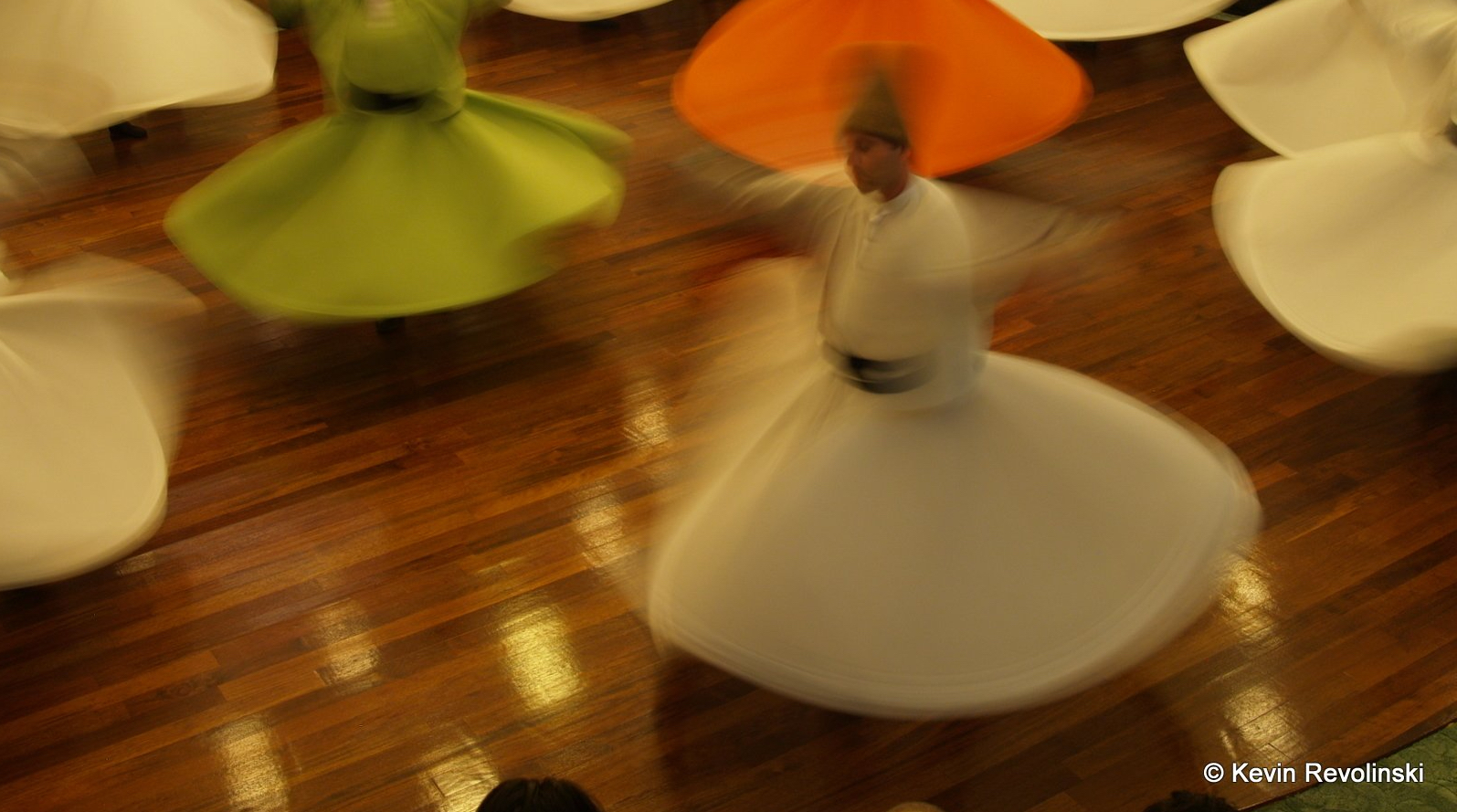Hear the original WUWM 89.7 NPR broadcast by clicking on the player below.
I was born and raised in South Carolina. Even after my family moved north in my early teens, we still returned each summer to the old gentility of Charleston, her lush gardens and cobblestone streets, and the peaceful barrier islands that nestle along the coast.
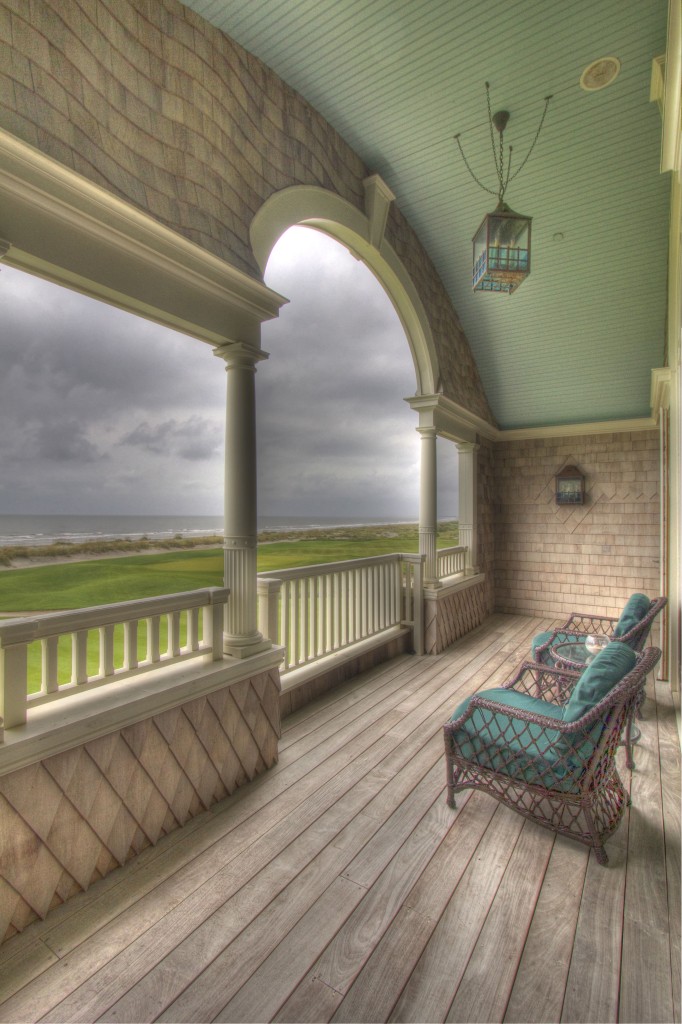
I’d not been back in almost twenty years, and while I was eager to go, I also had some trepidations about it. We don’t like to think about it, but the world moves on without us when we leave. To return is to surrender the illusion that the places of our memory have been locked in time, like a vacation home with blinds drawn and sheets over the furniture, waiting for our key in the lock to become reanimated. Deep down is the fear that, while we weren’t looking, time stole in like a thief and replaced the world we knew with one that we’ll scarcely recognize — and worse — that we will be a foreigner in it.
I guess it is this worry that kept me away from the Holy City for almost twenty years. But finally, my love of the Charleston area won out over my fear, and so I recently set out with my wife and son for my beloved Lowcountry of South Carolina.
Surf and Turf
A proper visit to the Lowcountry has to include time spent on the beaches and barrier islands, and in Charleston proper. If you wish to truly know and understand the life here, and to maximize your enjoyment, you must do both. The itinerary always followed by my family dictated a leisurely time at the shore, and excursions into the historic city of Charleston. As in the years of my boyhood, we started our vacation by going to meet the sea.
The Sanctuary at Kiawah Island
The Sanctuary is situated on the shores of Kiawah island, at the end of a lane that winds through a green cathedral created by the sheltering arms of towering live oaks draped in tendrils of Spanish moss.
This antebellum dream of a road eventually brings you to the entrance of a magnificent seaside mansion made of mottled brick, stucco, hand-wrought ironwork, native woods, copper and dark slate. You will marvel at the incredible state of its preservation, until you learn that the resort only dates to 2004.
Upon entering, you behold an elegant lobby furnished with tasteful antiques and, through the windows across the way, your first dazzling glimpse of the sea.
This theatrical effect is no accident. The resort rests on a site that was raised 20 feet from its original height and, as a result, 90 percent of the rooms offer views of the Atlantic. The approach to the resort was carefully conceived, with 400 transplanted trees — including 160 fifty-foot live oaks — to give the place a sense of great age. Building up the lot also allowed them to create a hidden floor beneath that allows the bustling staff to move invisibly about the resort without disturbing the genteel atmospheres of the grand rooms.

A host of discreet details conspire to create that sense of long-preserved grandeur. Even the lobby floors, hand-planed of irregular lengths of local walnut, are carefully assembled on sleeper joists so that they will creak and groan underfoot as you stroll.
The resort is the very picture of warm, understated Southern style. We fell in love with it instantly. And we’re not alone; The Sanctuary is a Forbes Five Diamond Resort and Spa, one of only 13 in America to have that designation. It was hard to tear ourselves away from the inviting lobby, but we were eager to begin our exploration of the resort, so we gratefully accepted our keys and made our way to the room that would be our home for the next few days.
Spoiled for choice
The rooms at The Sanctuary are among the largest luxury guest rooms in the country and elegantly appointed, with custom-made furnishings, deep soaking tubs and large, marble walk-in showers. The windows in our room lead to a balcony the size of a studio apartment, a spacious box seat from which to view sunsets and the ebb and flow of the tides.
As our three-year-old son happily bounced on the bed next to us, we pored over the list of activities and arrived at the same conclusion: We needed more time. Where to begin? There was too much to do.
There’s no space here to list every attraction at The Sanctuary, but consider the following: The Sanctuary Spa was ranked by Travel + Leisure as one of the Best Spas in the United States, and is rated Five Stars by Mobil. There are five championship golf courses, including the beautiful and challenging Ocean Course, one of only four courses to host each of the PGA of America’s major championships. Kiawah was called the #1 Tennis Resort in the World by Tennisresortsonline.com, and ranked third worldwide by Tennis Magazine. The resort offers two complete tennis complexes with a total of 19 clay courts and five hard courts. Tennis Hall of Fame pro Roy Barth directs a diverse program that accommodates any level of skill, with clinics, children’s programs, private lessons, and more.
The pristine natural environment at Kiawah is no accident, and is a result of the ferocious level of dedication to sustainability initiatives that continue to preserve it for future generations.

Happily, the resort offers endless recreational opportunities for families to appreciate and enjoy this unspoiled refuge, with junior naturalist programs, kayaking, bike rentals, fishing charters, and much, much more. This is not to mention the three splendid swimming pools at The Sanctuary alone, great dining options, and interesting shops.
Aren’t you forgetting something?
Oh, and there is that large body of water directly to the east. That’s nice, too.
My first afternoon walking along the beach was like a dream from my youth; a scattered few beachcombers strolled arm in arm in the distance, kicking surf; a family with small children frolicked in the breakers 100 yards away; gulls, terns, sandpipers and black skimmers soared and hunted the shallows for small fish.
I do a quick census to confirm my thought and, sure enough, the birds outnumber the people on the beach. Given the number of guests that the resort can accommodate, the beach should be full of people, but perhaps due to the wealth of other attractions at the resort, it is this way every day of our stay.
You need bring nothing with you except sunblock and a good book, as attendants stand ready with large umbrellas, lounge chairs, fluffy white towels and a menu of food and drink. Pick a spot, tell them where to set you up, and they do the rest.
About Those Dining Options
If you are, as my wife is, somewhat of a stranger to real Southern cooking, then make sure you pay a visit to Jasmine Porch for a savory crash course in classics like she-crab bisque, shrimp and grits, buttermilk fried chicken livers, and barbequed pork belly. You dare not leave without sampling the pan-fried Palmetto quail with housemade sausage, dried blueberries and garlic spinach.
My wife swooned over the whole Carolina flounder with seasonal mushroom purloo, green beans and a lemon beurre blanc. And make room for the banana bread pudding; you can always buy bigger pants at the Kiawah Golf Shop fifty feet away.
If you are a carnivore of the first order, then The Ocean Room will be your ultimate dining experience at The Sanctuary. It’s the only steakhouse in the United States to be awarded both the Forbes Four-Star rating and the AAA Four-Diamond rating. It also won the 2011 Best of Award of Excellence by The Wine Spectator.

If you want something a bit on the lighter side, visit the adjacent Sushi Room to enjoy southern takes on sushi like their Lowcountry roll with spicy crab, fried green tomato and country ham. Trust me, it works. Like everything else here.
Recharging on the Battery
On our last day, we make the drive into Charleston to spend the day and, as we draw near, I have a lump in my throat. I start to see the familiar spires, and pass the old buildings — there’s the Francis Marion Hotel where my parents stayed before I was born– and I feel like a kid again. I’ve loved this city all my life, and now I’m back.
There is not a more gracious and beautiful city in the country than Charleston. Numerous polls have voted it the most friendly, the most polite, and the best-mannered city in America. And especially in this way, it is just as I remember it.

As a visitor, you will see this openness demonstrated in a hundred little ways in the course of a day. You’ll hear it in the courtly and respectful address of a middle-aged businessman to a teenage waitress in a café. You’ll hear “sir,” and “ma’am” and “please” and “thank you.” When I told someone waiting on me in Charleston, “Thank you,” I did NOT hear the response, “No problem,” a reply I associate with Northerners, which means, basically, “This was inconvenient, but I have elected to be magnanimous about it.” Instead, I received a warm “Why, you’re welcome!” accompanied by eye contact, and a smile that fleetingly acknowledged our mutual pleasure in our little dance of courtesy. Charlestonians, as my late father might have said, “were raised right.”
Here, too, there is much to do. But Charleston’s heart is not found in the following of an itinerary. The only way to experience Charleston is to walk it. Slowly. Serendipitously. Give reign to your whims, stop in the local shops, pause for coffee, browse the stalls at the Old City Market, count the churches, get a little lost, it’s not only okay, it’s advisable.
Delighted Discovery at Husk
At some point, find your way to Husk on Queen Street, just around the corner from the Antique District on Lower King Street. Sean Brock is one of the most celebrated chefs in town, helming not one but two wildly popular restaurants and having twice cooked for the James Beard Foundation. Husk, set in the beautifully restored Josephine Pinckney mansion, is one of the best new restaurants in America. Believe it.
As you enter, you’ll see a chalkboard on the wall listing the local provenance of all the ingredients on offer for the day. As someone who was born and bred in South Carolina, most all of those ingredients are familiar to me. The preparation of them at Husk however, is something for which I was not quite prepared. It has to be said that sometimes high-end chefs seem to strain toward originality by making choices that appear to favor novelty for its own sake. What I love about Sean Brock’s cooking is that he is able to make familiar dishes revelatory through brilliantly subtle tweaks that somehow manage to reinvent them in a way that is entirely organic. Like his fried green tomatoes—far and away the best I’ve ever had—or his pickled okra breaded and fried whole (!) that arrive at the table juicy and bursting with fresh flavors. It is a strange thing to have a sense of delighted discovery about dishes that you’ve known and loved your whole life. But that is a sensation I was to have over and over again at Husk. (Note: if you want to combine things a bit, The Ocean Room will be hosting a black tie dinner featuring Sean Brock on May 4th.)
The culinary thrills don’t stop there; Charleston, you will not be surprised to learn, is a fantastic food town. Choosing favorites is tricky, but of particular note is Craig Delhi’s Cypress on East Bay, a showplace of hip design with subtly morphing lights, a three-floor wine rack and killer cuisine. Months later, my wife still rhapsodizes about the Kumomoto oysters on the half shell with sashimi tuna, cilantro lime glaze and pineapple wasabi. Highly recommended.
Also on East Bay is the cheekily named Slightly North of Broad (S.N.O.B) which has an open kitchen, a friendly vibe and great food. Chef Frank Lee is famed for bringing French cooking techniques to classic Southern ingredients, and is another strong proponent of partnering with local farmers. Another winner.
Old and New
Among the newer attractions the city has to offer is the terrific South Carolina Aquarium situated at the edge of Charleston harbor. A hit with kids and adults, the aquarium showcases all the aquatic life in the state, from the mountains to the sea, and is also a great rainy-day option. Expect to spend at least a couple of hours here.

For a compelling look at the city’s past, there are two notable house museums, the Joseph Manigault House, and the Heyward-Washington House. Both serve as fascinating time-travel experiences, and offer tours daily. A broader look at history is available at The Charleston Museum, which also offers many kid-friendly exhibits.
A great way to end your day is with a stroll down East Bay Street to Whitepoint Garden and the Battery seawall where the Cooper and Ashley Rivers combine to form Charleston harbor. Along the way, you will pass Rainbow Row, a long line of stately, pastel-colored historic houses, one of which is the childhood home of former resident and world’s most famous South Carolinian, Stephen Colbert. There is no shrine there yet to mark the spot, but give it time. (Note: While the park is lovely, there are no facilities of any kind at Whitepoint Garden, so stock up on water and snacks before you go.)
One Last Discovery
On our final morning, walking down to the beach for a farewell swim, my son Grae stumbled upon a beautiful opalescent shell gleaming in the surf. Spying it, he let out an audible gasp and gingerly pried it out of the wet sand. He held it in his hands reverently, filled with the wonder of discovery. He didn’t want to let it go. And he held it on the plane all the way home. As I was grateful to learn on my return to the Lowcountry of South Carolina, some things in life are eternal.
Click on the slideshow below for more great views of Charleston and Kiawah Island in South Carolina.
Story and Photography ©Robert Bundy



